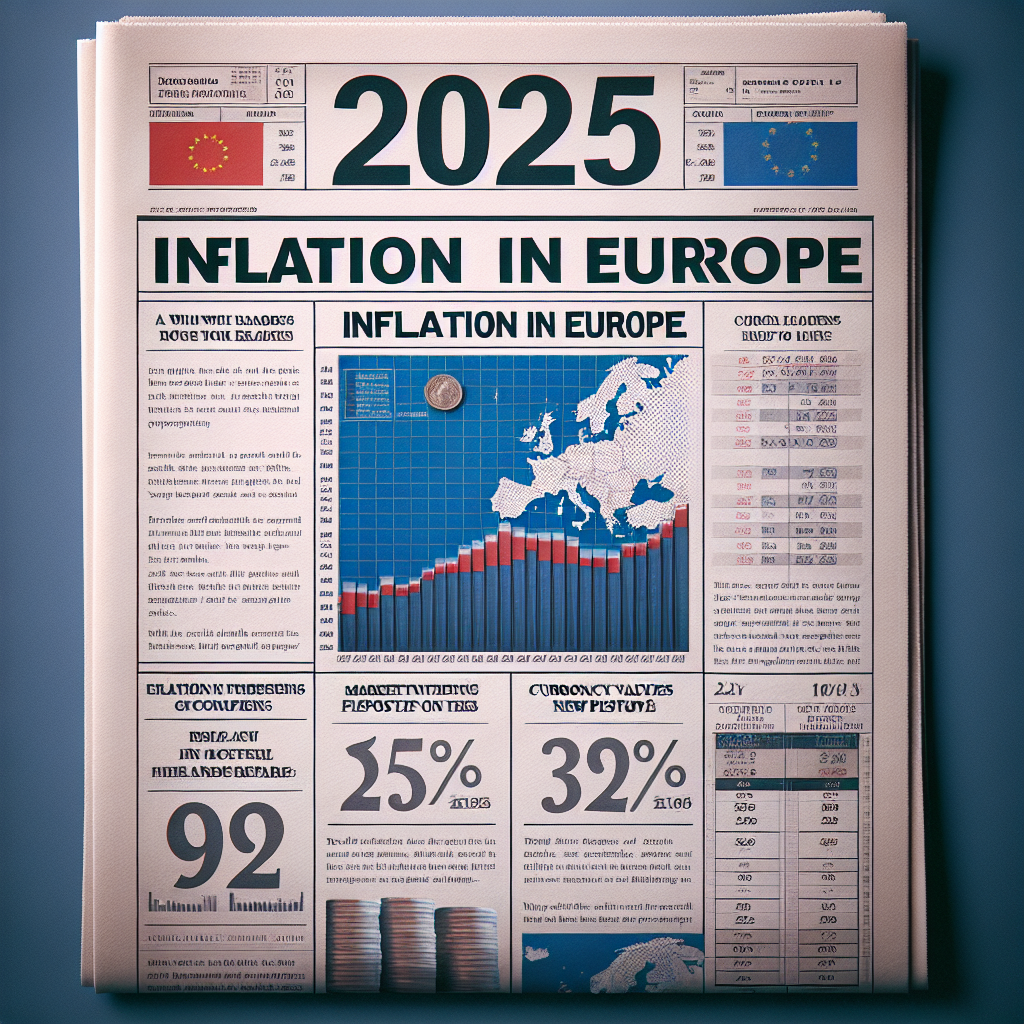Inflation in Europe 2025: Key Insights and Strategies
Overview of Inflation Trends
As we move into 2025, inflation in Europe is projected to remain a central economic theme, driven by various factors such as supply chain disruptions, geopolitical tensions, and changing consumer behaviors. Following a significant increase in inflation rates during the past few years, European countries are experiencing varied impacts based on their economic structures and policy responses. It is crucial for businesses and consumers to navigate these changes effectively.
According to recent analysis, inflation rates are expected to stabilize but may hover around 3-5% across the Eurozone by mid-2025. Understanding inflation trends is key for financial planning as it influences interest rates, purchasing power, and overall economic health. By closely monitoring these developments, stakeholders can make informed decisions that will better position them for uncertainties that lie ahead.
Key Drivers of Inflation
Several factors are influencing inflation in Europe in 2025. The primary catalysts include continued energy price volatility, labor market fluctuations, and shifts in consumer demand post-pandemic. The energy crisis stemming from unequal recovery rates and geopolitical instability has led to inconsistent energy prices, placing added pressure on inflation.
Additionally, the labor market is showing signs of tightness, with skilled labor shortages in key sectors driving wage inflation. These dynamics require both policymakers and businesses to remain vigilant and adaptable. Organizations should assess their operational frameworks in light of these conditions to remain competitive and sustainable.
Actionable Strategies for Consumers and Businesses
For Consumers
-
Budgeting Wisely: In a rising inflation environment, it becomes increasingly important for consumers to review and adjust their budgets. Prioritize essential spending while looking for opportunities to cut discretionary expenses.
-
Investment Adjustments: Consider asset classes that historically perform well against inflation, such as real estate or commodities. Diversifying investment portfolios can help mitigate risks associated with falling purchasing power.
For Businesses
-
Pricing Strategies: Companies should evaluate their pricing strategies in response to rising costs. Implementing gradual price increases can help maintain margins without alienating customers.
-
Cost Management: Focus on operational efficiencies and renegotiating contracts with suppliers. Streamlining productions and logistics can offset inflationary pressures while enhancing profitability.
Conclusion
Understanding and responding to inflation in Europe for 2025 is paramount for both consumers and businesses. By staying informed about current trends and implementing strategic measures, stakeholders can navigate this challenging economic landscape more effectively. For detailed insights and continuous updates, keep monitoring reputable financial news sources and economic reports.
Useful Resources
- European Central Bank: For current monetary policy and economic forecasts.
- Eurostat: Provides statistical information on inflation rates across Europe.
- BBC Business: Up-to-date news on economic developments affecting Europe and inflation.
By consciously engaging with these insights and resources, stakeholders can equip themselves with the knowledge necessary to thrive amid the complexity of inflation trends in Europe for 2025.
